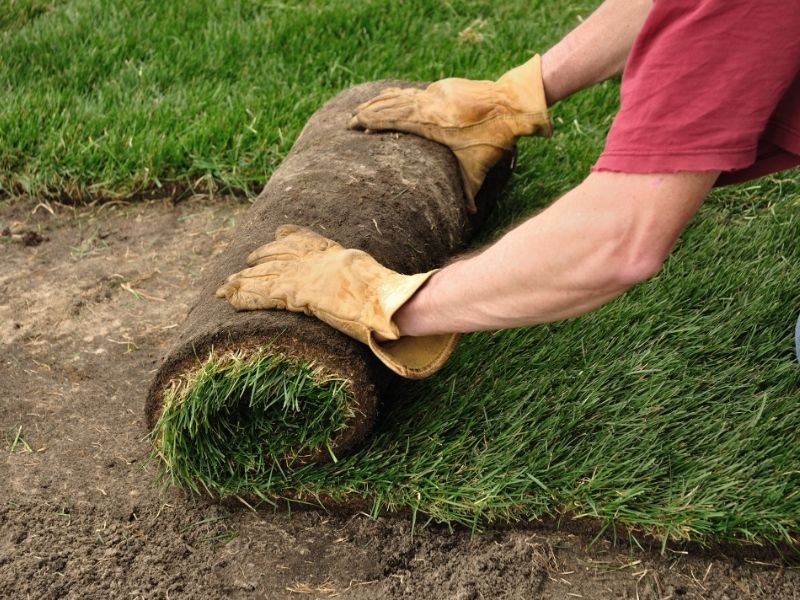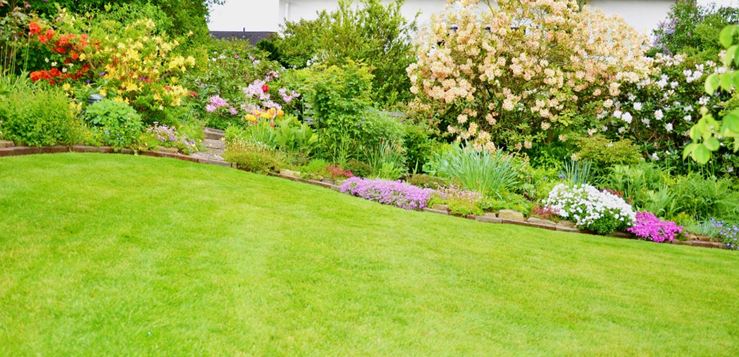Homeowners have quite a few things to deal with, but there is nothing like taking on yard maintenance.
Landscaping and mowing are rewarding hobbies, but sometimes nature gets in the way. A drought, pest, or particularly hot summer can wipe out your yard. If this happens, you’ll find yourself starting from scratch.
It’s disheartening if your grass dies. However, there are ways to begin again.
If you’re looking to uplift your front and back lawn, here’s how to choose between grass seed vs. sod. Read on to discover the pros and cons of the two ways to return grass to your land.
Table of Contents
The Sod Route
Sod is pre-grown grass that is transplanted. Harvested on farms, it is typically shipped to local stores. Sod comes in large rolls or cuts to pieces of 16×24″. Below, we will discuss the good and bad of sod installation in Sarasota and other areas.

Pros
Ready-Made: Homeowners choose sod so they have green grass right away. Sod usually spends between 12-18 months growing on a farm. So, when you buy it, you already have lush grass held together with soil.
No Protection Needed: After installation, sod won’t need babying. While it needs water on a schedule, it otherwise takes off on its own. The preexisting roots will begin to sink into the ground immediately. Whatsmore, you can walk on sod straightaway.
Cons
Expensive: Though sod has its conveniences, it is far more expensive. The price of this installation can swell up to 10 times that of grass seed.
Professional Installation: Depending on the size of the yard, you may need professional installation. However, hiring a professional is not always a bad idea. While it will up the cost of the project, a professional will ensure the grass will grow healthy. Check out ISR Gardening Inc to understand how the process works.
The Seed Route
With the pros and cons of sod in mind, let’s take a look at the alternative. Grass seeding is exactly what it sounds like. Many strains of grass come in seed form in 10-50 lbs bags. This route also has an up and downside.
Pros
Easy Installation: Grass seed is very much a DIY project. With the help of an inexpensive spreader, grass seed is easy to install. This process avoids the stress on your back and knees that comes with it.
Choice of Grass Type: Sod limits your grass selection. However, in the seed form, you can select any variety of grass you like. Rye, Bermuda, and Fescue are all viable options. Just be sure your selection will thrive in the climate you plant it.
Cons
Time: A major drawback of grass seed is the waiting game. Though it’s easy to spread, it will take a few weeks to grow. A lush yard is still a month or two away after planting.
Season: As long as it won’t freeze, you can install sod any time of year. Alternatively, grass seed needs to spread in the spring to thrive. If you want to do a seed spread, plan accordingly during the year.
Deciding Between Grass Seed vs. Sod
After looking at the pros and cons of grass seed vs. sod, you should have a good idea of which route you want to take. No matter your selection, your yard is sure to look incredible.
If you enjoyed this article, stick around the blog for more homeowner ideas.

